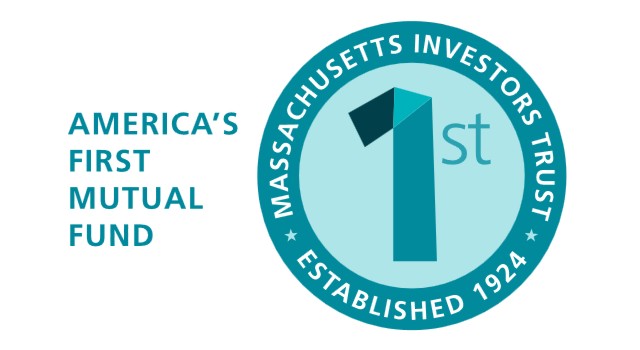
The same professionals who managed the endowment of MIT started the first mutual fund, Massachusetts Investors Trust, in 1924. It is remarkable how enlightened their thinking appears 79 years later. The purpose was to pool money in order to obtain professional management to attain an investment objective and diversification at a reasonable cost.
The industry grew very slowly at first. In 1951, the entire mutual fund industry had only $3 billion in assets. The first $1 trillion total was hit in 1990 with 3,000 mutual funds. Today, we have 8,269 mutual funds with a total of $6.391 trillion in “open-end” mutual funds.
The Investment Company Institute in Washington, D.C. is the keeper of the data. They divide open-end mutual funds into six categories: stock, hybrid, taxable bond, municipal bond, taxable money market, and tax-free money market. In 1970, 90 percent of mutual fund assets were in stock funds, whereas in 1990 only 25 percent were in stocks. Today, about half of all fund assets are in stock funds. Mutual funds used to be most sold by brokers who charged a commission. Today, you can purchase mutual funds directly without a sales charge (no-load) and you buy the funds at their net-asset-value that is determined at the end of the trading day.
Due to the recent decline in the stock market, bond funds were the only type to increase in total assets invested during 2002. About one-third, or $2.2 trillion, of all mutual fund investments are now lodged in money market funds. In these rocky stock markets, it is better to get one percent in such funds than to losing fifteen percent in the U. S. stock market.
About one-third of all common stocks are held in mutual funds. This ratio is obtained by dividing the total number of stock mutual funds, about 3000, into $7.9 trillion, which represents the total market value of all publicly traded stocks in the U.S. This latter figure can be obtained by looking at the value of the Wilshire 5000 Index, which recently was 7,900. That number is in billions of dollars. Actually the total number of publicly traded stocks is now 7,741, but that number was about 5,000 when Wilshire started their index and they have never changed the number. That phenomenon is sometimes referred to as “the tyranny of the status quo.”
If you look at mutual funds around the world, there are 53,000 funds with a total of $10.65 trillion. So, you can see how the US dominates this industry, having almost 80 percent of all the mutual fund assets in the world. However, foreign countries had mutual funds long before we did. In the 1890s there was a Scottish fund that did very well investing in the stock markets of newly developing countries. One of those countries was the United States of American. Can you imagine the killing they made investing in our railroads, steel mills, and other newly developing industries?
Other investments similar to open-end mutual funds are: (a) closed-end funds which trade like companies on the stock exchanges (527 funds valued at $150 billion); unit investment trusts, pre-set and fixed portfolios (7,800 UITs valued at $50 billion); and the newest kid on the block are the ETFs, electronic-traded funds, which are like open-end index funds, but they trade on the stock exchanges continuously throughout the market day (112 ETFs valued at $102 billion).
If you are interested in updating this data yourself in the future, go to the website of the Investment Company Institute at www.ici.org .
Before you purchase a mutual fund, follow these steps. Determine your investment goals and when future monies will be needed. Analyze the current asset allocation of your portfolio. Know your level of tolerance for risk-taking. Decide on what your asset allocation should be in the six categories of money market, domestic and foreign bonds, domestic and foreign stocks and inflation hedges. When you know what category needs augmentation, research several mutual funds in that category. Order prospectus and reports on those funds or do research via the Internet. Compare features and past performance, look at long-term results, evaluate the choices and make a selection.